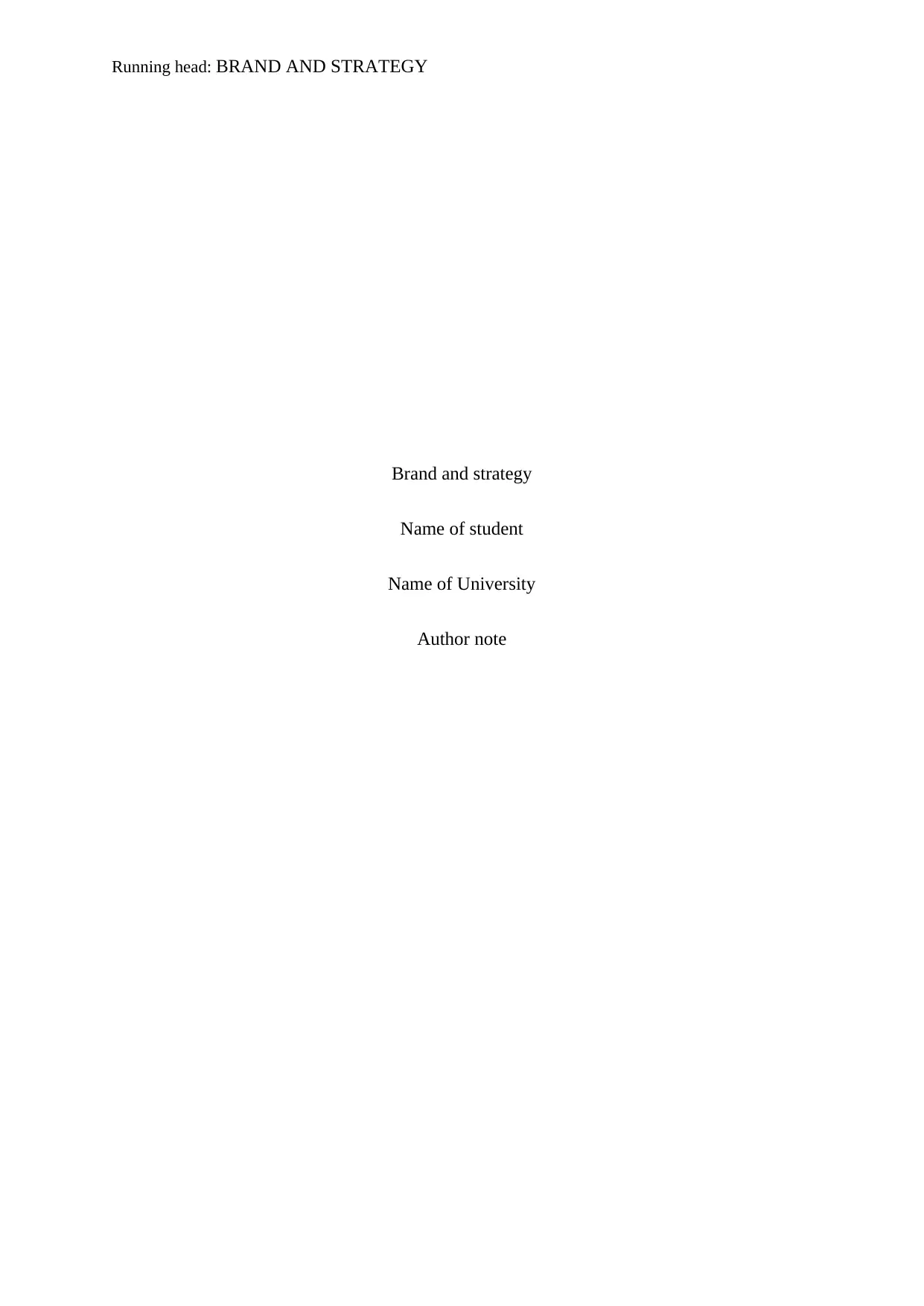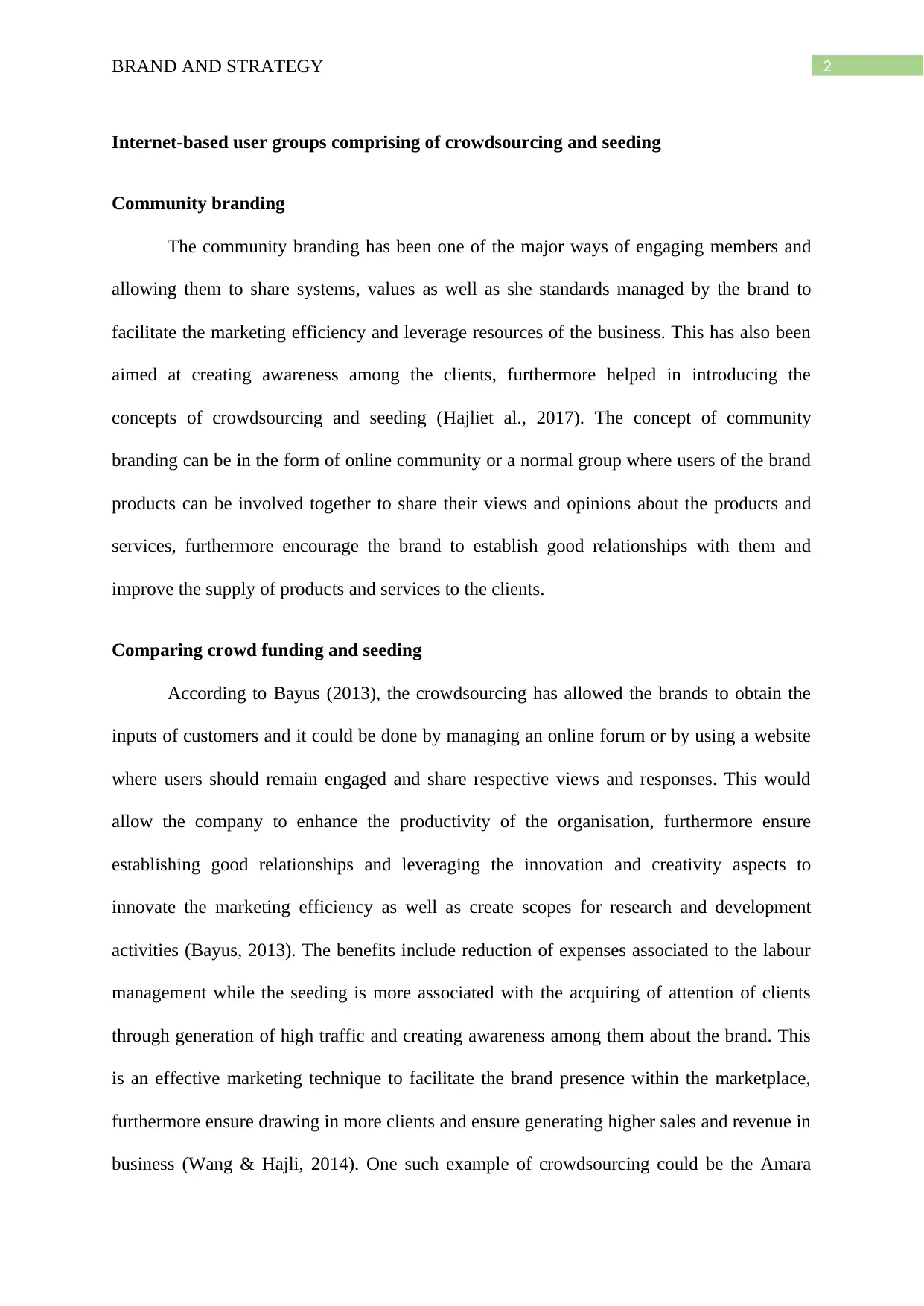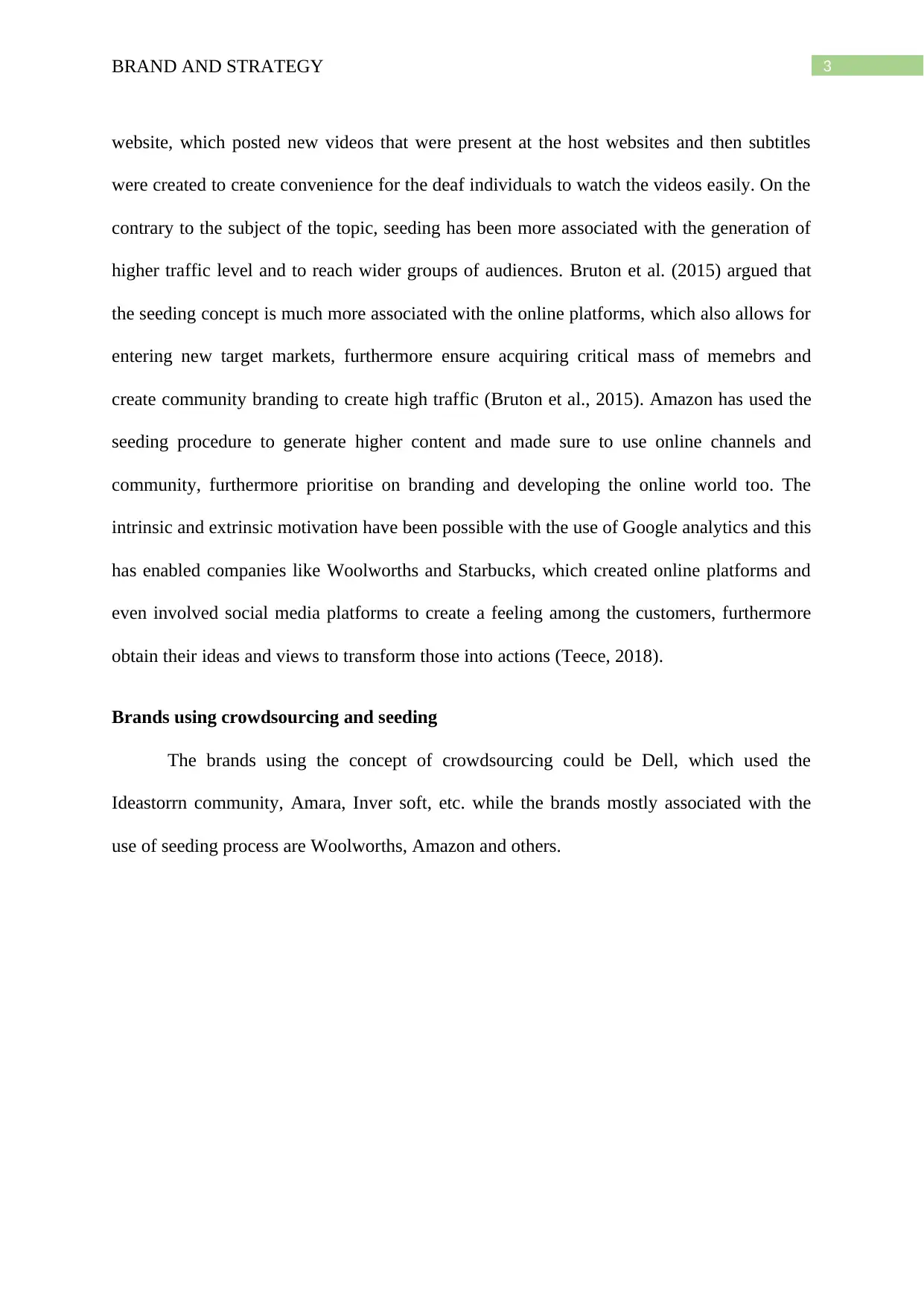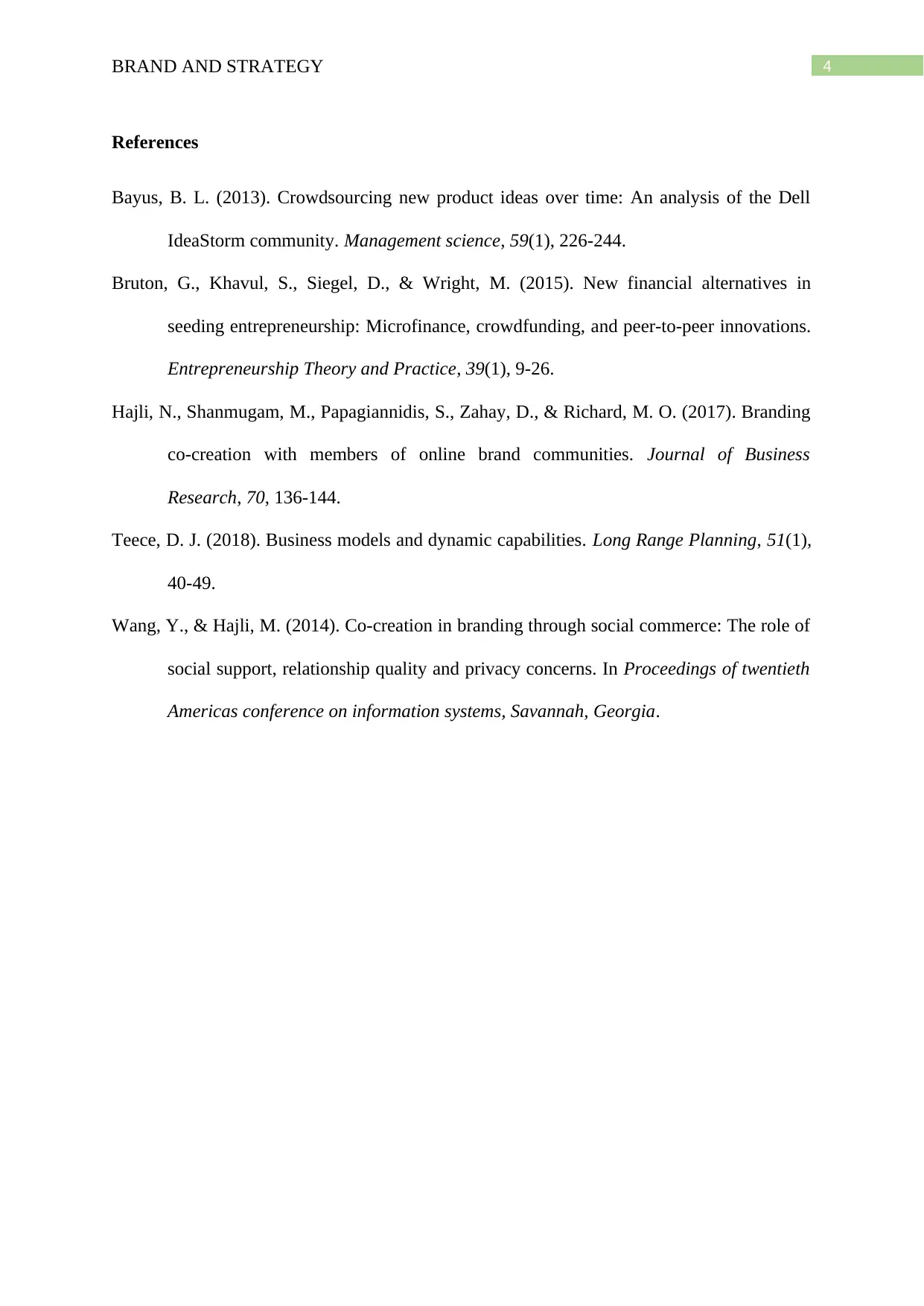Online Lecture 4: Community Branding - Crowdsourcing and Seeding
VerifiedAdded on 2023/04/20
|5
|828
|72
Presentation
AI Summary
This presentation examines internet-based user groups, focusing on community branding through crowdsourcing and seeding. It compares and contrasts these two methods, highlighting their distinct approaches to engaging customers and building brand awareness. Crowdsourcing, as demonstrated by examples like Dell's Ideastorm community and Amara, involves gathering customer input to improve products and services, leveraging user contributions. Seeding, exemplified by Amazon, Woolworths, and Starbucks, emphasizes generating high traffic and reaching wider audiences, often through online platforms and social media. The presentation further explores how brands use these techniques, supported by academic and professional sources, to foster customer relationships, enhance marketing efficiency, and drive sales and revenue. The content is structured in 10-12 slides with references, and the presentation is designed to provide insights into effective branding strategies.
1 out of 5












![[object Object]](/_next/static/media/star-bottom.7253800d.svg)